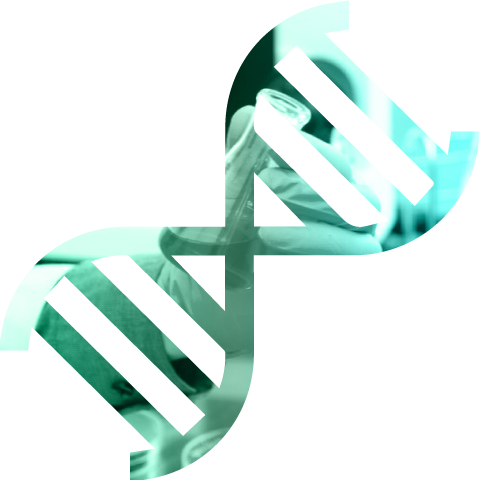UTI w/ Antibiotic Resistance
Molecular microbiology identifies microorganisms including bacteria, fungi and viruses through DNA detection. This technique is very sensitive, specific, and rapid compared to traditional microbiology procedures, creating a powerful diagnostic tool for physicians.
Our profile delivers a snapshot of a patient’s urinary tract micro-environment covering 28 pathogens and 8 antibiotic resistance markers. Meridian’s scientific team utilizes cutting-edge technology to detect pathogenic and nonpathogenic bacterial species. Additionally, the test also defines the genes associated with antibiotic resistance.

UTI w/ Antibiotic Resistance
UTIs account for more than 8 million healthcare visits and 100,000 hospitalizations each year. Overall expenditures for UTIs in the U.S. are estimated to be $3.4 billion. Much of this is due to the slow turn around time of the traditional culture and the fact that it misses up to two-thirds of all positive UTIs.
| UTI Plus Panel | |
|---|---|
| • Acinetobacter baumannii | • Klebsiella pneumoniae |
| • Bacteroides fragilis | • Morganella morganii |
| • Candida albicans | • Mycoplasma genitalium |
| • Candida dubliniensis | • Mycoplasma hominis |
| • Candida glabrata | • Prevotella bivia |
| • Candida krusei | • Proteus mirabilis |
| • Candida parapsilosis | • Pseudomonas aeruginosa |
| • Candida tropicalis | • Serratia marcescens |
| • Citrobacter braakii/freundii | • Staphylococcus aureus |
| • Citrobacter koseri | • Staphylococcus epidermidis |
| • Enterobacter cloacae | • Staphylococcus saprophyticus |
| • Enterococcus spp. | • Streptococcus agalactiae (Group B) |
| • Escherichia coli | • Streptococcus pyogenes (Group A) |
| • Klebsiella aerogenes | • Ureaplasma urealyticum |
Antibiotic resistance can be identified for the following classes of antibiotics:
ABX Resistance Markers
Better Healthcare Solutions
We are a multi-disciplined high-complexity laboratory committed to accurate and timely results.